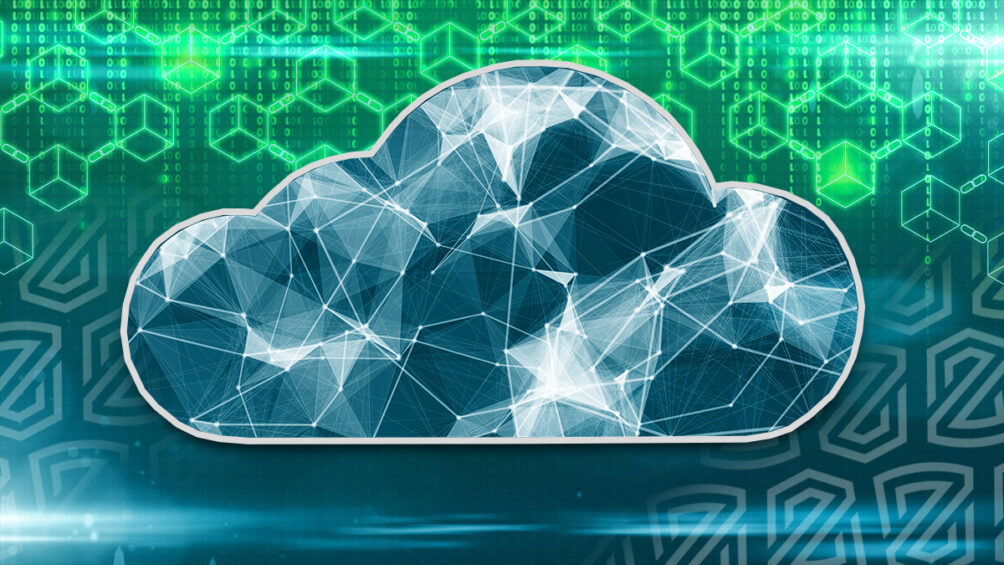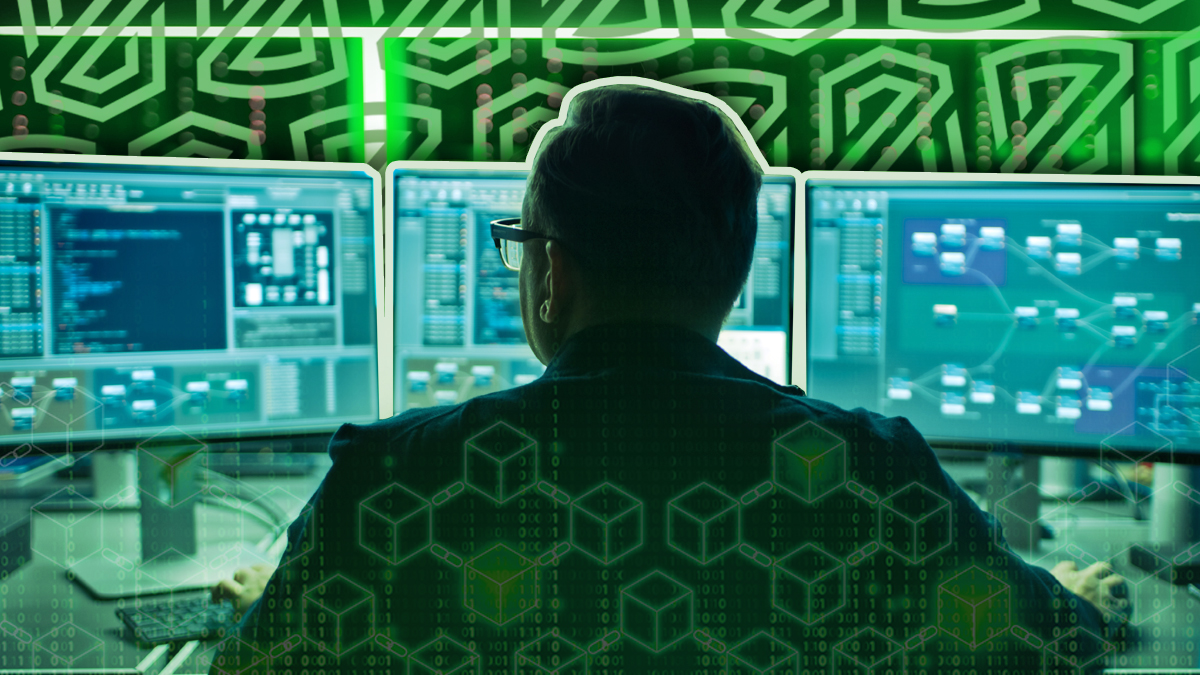
Digital Transformation in the Healthcare Industry
Over the past decade there is no question that the healthcare industry has experienced profound transformation when it comes to technology. This shift has brought enhanced patient care and streamlined processes.
One prominent advancement in technology for healthcare was the created of electronic health records, or EHRs. Healthit.gov defines an EHR as “a digital version of a patient’s paper chart. EHRs are real-time, patient-centered records that make information available instantly and securely to authorized users. EHRs have becomes an instrumental technological advancement through the way they can:
- “Contain a patient’s medical history, diagnoses, medications, treatment plans, immunization dates, allergies, radiology images, and laboratory and test results,
- “Allow access to evidence-based tools that providers can use to make decisions about a patient’s care, and
- ”Automate and streamline provider workflows.”
One of the main reasons EHRs were created was to ensure health information can be created and shared across authorized providers in a digital format readily managed by multiple health care organizations. This allows for a broader network of communication and sharing between medical professionals seeking to diagnose and treat individual patients.
Another remarkable technology advancement has been the rise of telemedicine. According to Telehealth.gov, “Telemedicine, or telehealth, essentially lets your health care provider care for you without an in-person office visit. Telehealth is done primarily online with internet access on your computer, tablet, or smartphone.” Since the pandemic, telehealth has jumped in both the volume of technology solutions and applications across medical fields.
A third example of emerging healthcare technologies can be found in wearables. “With an aging population in much of the developed world, wearables can be effective at prevention of chronic conditions, such as diabetes and cardiovascular disease, by helping patients to monitor and improve their fitness,” notes Proclinical.
Wearable healthcare devices for monitoring and diagnostics are a kind of internet of medical things (IoMT) or healthcare IoT that facilitates remote patient monitoring (RPM) and supports telemedicine. “IoMT enables the use of new technology that facilities patient self-service and minimizes the need for in-person visits,” explains TechTarget. “Consumer-grade wearables give patients access to data that they might traditionally have had to go to a doctor to get.”
The convergence of healthcare and technologies such as these has paved the way for a new era of efficiency, accessibility, and innovation—redefining the way we approach medical services and patient data.
Importance of HIPPA Compliance and Data Security with the Advancement of Technology
With the rise of EHRs, telemedicine, wearables, and other healthcare technologies, there is a growing concern for data security and compliance. This is especially true in the healthcare industry where the data is always personal, and data privacy and security are mandated by law—specifically in the United States with the Health Insurance Portability and Accountability Act of 1996 (HIPAA).
The importance of safeguarding patient data in accordance with HIPAA regulations has driven the development of robust security measures, encryption protocols, and strict access controls. To maintain HIPAA compliance, digital technologies have regular security audits and updates to identify vulnerabilities and ensure that the systems adhere to the latest security standards.
On top of HIPPA compliance, platforms that manage data security healthcare may bolster data privacy and security by leveraging:
- Blockchain technologies —by providing a secure, transparent, and efficient way to store and share information (such as patient healthcare records, prescriptions, diagnostic data across providers, etc.), blockchains are making it possible to improve patient care, reduce costs, and streamline administrative processes.
- Identity as a Service (IDaaS) — offering a comprehensive solution that addresses identity management, authentication, access control, and compliance, contributing to a more secure healthcare system.
- Passwordless authentication — by eliminating the vulnerabilities associated with passwords and delivering a seamless user experience, passwordless authentication methods improve data protection, compliance, and overall cybersecurity in healthcare environments.
ZorroSign Delivers HIPAA-compliant Privacy with the Elevated Security of a Web3 Platform
At ZorroSign, our HIPAA-compliant data security platform built in blockchain supports healthcare organizations with digital records, digital signatures, and document workflows.
Our platform ensures superior privacy and security with blockchain, IDaaS, and passwordless authentication, plus:
- Legal enforceability — reducing insurance fraud with digital signatures that are legally binding, tied to the actual person (signatory attribution), and immutable with court-admissible security certificates that never expire
- Cost-savings — through automating patient, diagnostic, insurance, payment, and recordkeeping workflows and digitizing paper applications, forms, and records
- Improved patient services — digitizing your office operations to quickly execute, store, track, and retrieve:
- Claims management, payments, and prior authorization
- Facilities management
- Human resources processes
- Logistics and procurement
- Patient sign-in and consent
- Power of Attorney and Proxy Agreements
- Prescription approval routing
ZorroSign is just one of the new technologies driving improvements in healthcare and expanding the patient services that healthcare providers can deliver.
To learn how ZorroSign can support your healthcare organization’s data privacy and security, visit our Healthcare industry page or contact us today!

